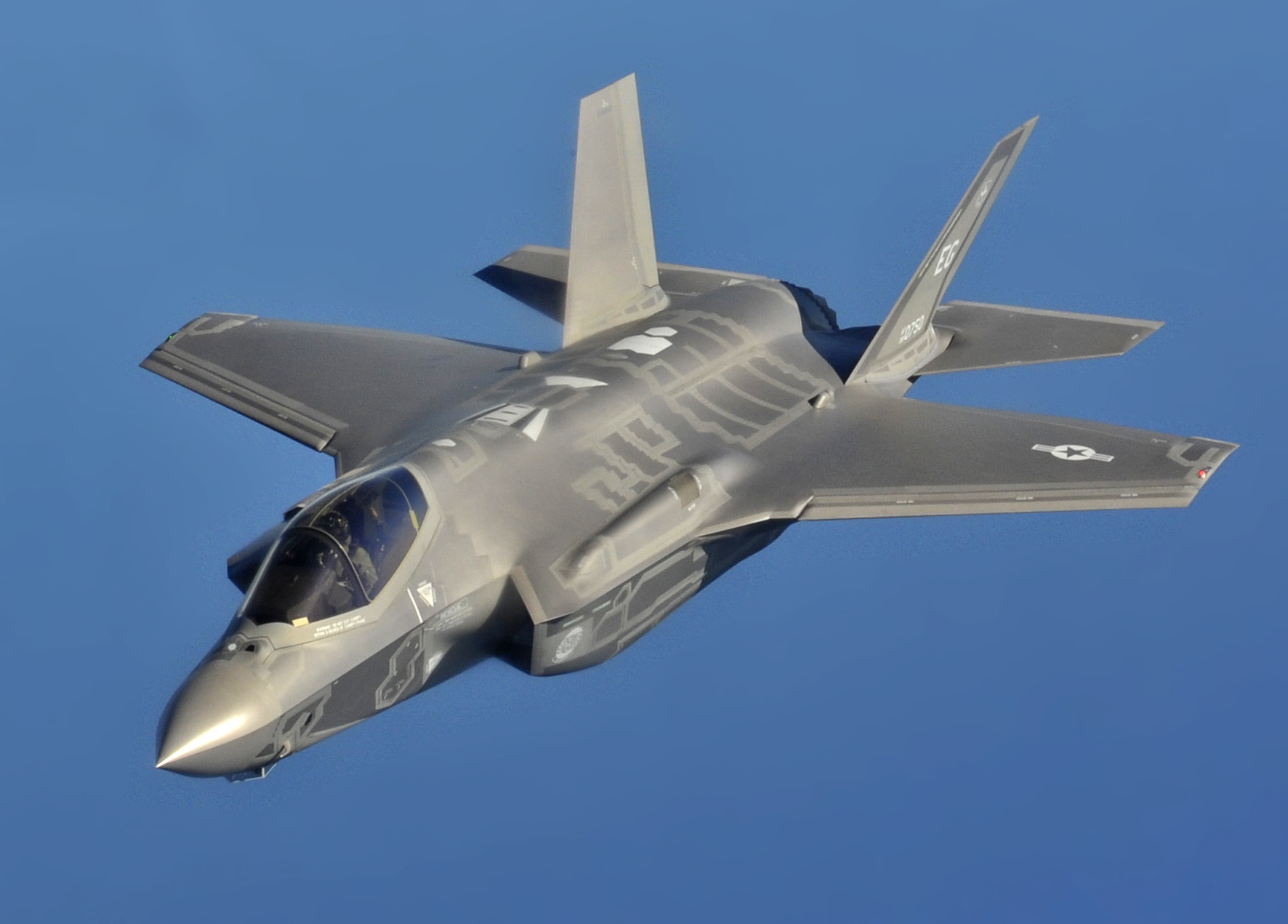The UK’s announcement that it will procure F-35A Lightning II jets and formally commit to NATO’s nuclear sharing mission marks a subtle but significant shift in its approach to deterrence, escalation, and alliance solidarity. After years of strategic ambiguity and a doctrine that placed Trident as the singular centre of gravity in the UK’s deterrence posture, this move suggests that the ladder is not just being climbed. It is being rebuilt!
In Ladders and Leverage, I explored how modern, multi-domain threats are testing Cold War-era escalation metaphors. Now, with F-35As entering the mix, the UK appears to be reinforcing the rungs that sit below the thermonuclear threshold, reintroducing the idea of a “tactical” or substrategic capability in a European theatre increasingly defined by ambiguity, speed, and proximity.
Why F-35A? Why Now?
The decision to acquire the F‑35A, the variant designed to carry the US B61-12 guided nuclear bomb, signals more than just fleet diversification. It ties the UK directly into NATO’s nuclear posture, aligning its air forces with those of Belgium, the Netherlands, Germany and Italy. These aircraft are dual-capable, able to conduct either conventional or nuclear missions, and they operate at the critical seam where deterrence meets defence.
This direction was foreshadowed in the 2025 Strategic Defence Review, which called for enhanced UK participation in NATO’s nuclear mission. The inclusion of F-35A in the UK’s force mix now confirms that intent and restores its place in the spectrum of theatre-level nuclear options after a nearly thirty-year absence. The B61-12, which these aircraft can deliver, is a modernised gravity bomb with variable yield and precision guidance intended for flexible deterrence in regional conflicts.
The government has confirmed that the aircraft will be based at RAF Marham in Norfolk, co-located with the UK’s existing fleet of F‑35Bs. This move will streamline infrastructure investment and operational integration while embedding the UK’s nuclear-sharing role within a familiar basing and training ecosystem.
Strategic Ambiguity Revisited
The UK’s historic stance has relied heavily on a single platform, Vanguard-class SSBNs, and a narrative of minimum credible deterrence. That posture remains, but the F-35A purchase offers a visible and versatile complement, providing new operational choices, enhancing escalation management, and, perhaps most importantly, tightening political-military integration within NATO.
This move could be read as the UK closing a longstanding gap in its response ladder. While Trident offers strategic deterrence at scale, it lacks flexibility in theatre-level crises. The F-35A, operating from RAF Marham but interoperable with NATO nuclear infrastructure, plugs that gap, not by lowering the threshold for nuclear use but by reinstating a flexible, theatre-based nuclear signalling option.
The Political Layer
Announcing the F‑35A procurement during the NATO summit in the Netherlands was a strategic choice. It sits alongside the UK government’s commitment to raising defence and security spending to 5 % of GDP by 2035, with an interim target of 4.1 % by 2027. This tandem timing underscores a response to Russia’s ongoing aggression in Ukraine, the modernisation of Chinese and Russian nuclear arsenals, and NATO’s growing demand for burden‑sharing and forward deterrence. Delivering both announcements in The Hague projects resolve, signalling the UK’s intent to deepen its alliance commitments, reassert a visible role in strategic signalling capability, and prepare for an era of enduring geopolitical challenges.
Whether seen as a long-overdue capability enhancement or a political play, the effect is the same: the UK is re-entering the nuclear sharing debate with credible air-delivered capability.
What Comes Next?
There are questions still to be addressed. What is the anticipated timeline for nuclear certification? How will the UK balance its strategic narrative of ambiguity with a declared dual-capable aircraft fleet? What implications does this have for future British air power, especially the Tempest programme and its relationship with NATO’s nuclear doctrine?
But one thing is clear: the UK is no longer just hedging against escalation. It is actively redesigning its part of the ladder, reinforcing old rungs, adding new ones, and ensuring that in the next crisis, it is not left without credible options between provocation and paralysis!
